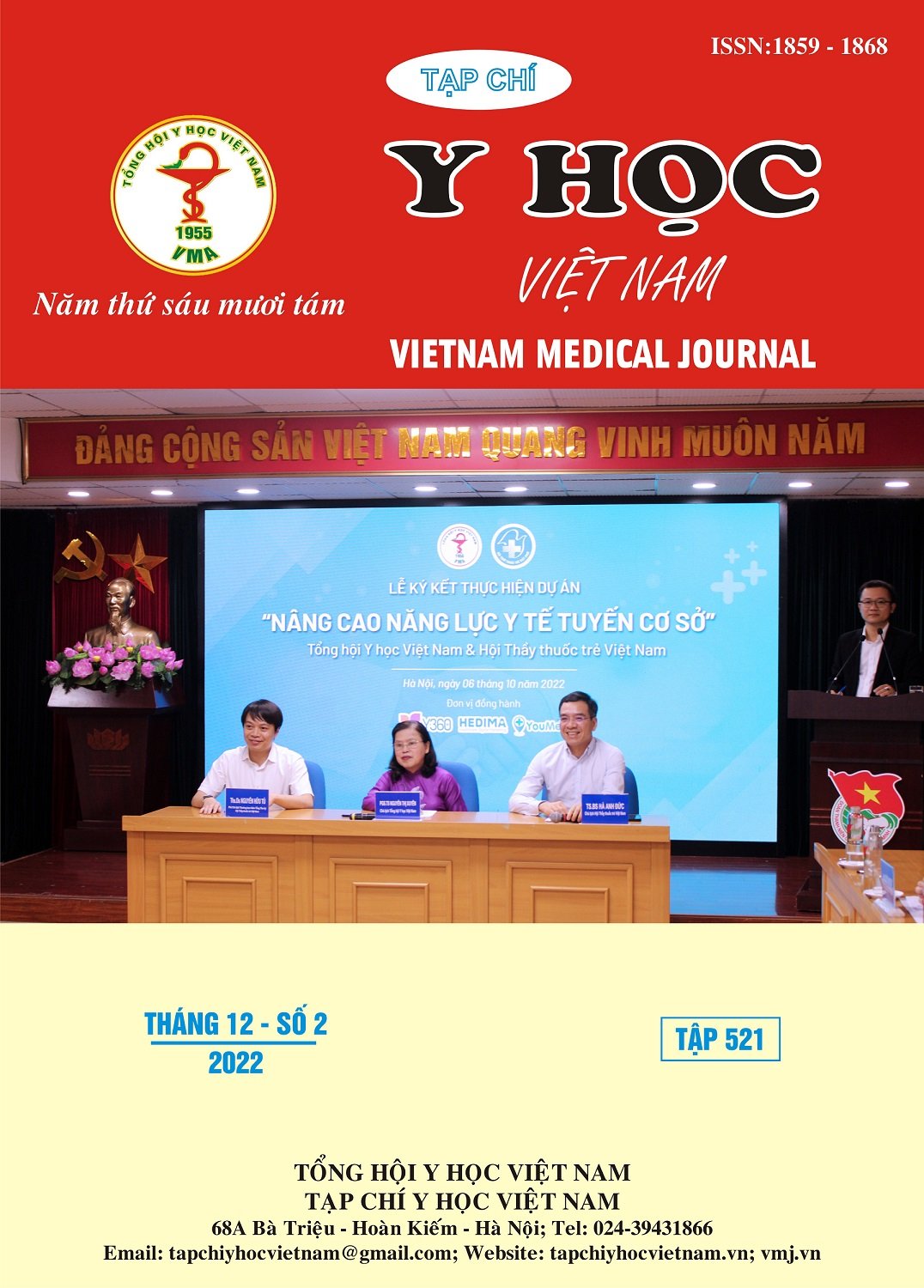IMAGING OF INNER EAR MALFORMATION IN COCHLEAR IMPLANT
Main Article Content
Abstract
Objective: To describe CT scanner and MRI imaging of inner ear malformation in cochlear implant. Material and Methods: inner ear malformation and cochlear nerve deficency was evaluated on high resolution CT scanner and high resolution T2 3D gradient-echo MRI. Results: 166 patients with 332 ears, including 170 ears with inner ear malformation or cochlear nerve deficency. The cochlear size of cochlear hypoplasia, Incomplete partition Type II, Incomplete partition Type III, vestibular - semicircular canal abnormality, normal cochlear and cochlear nerve deficency are smaller than no inner ear malformation group. The inner ear malformations have 55,3% hypoplasia or aplasia of modiolus, 35,3% have aplasia or hypoplasia of the round window. Conclusion: Inner ear malformations with diverse cochlear shapes and sizes affect the cochlear implant indications; High rates of hypoplasia, aplasia modiolus and hypoplasia, aplasia round window are factors that cause difficulties and complications for surgery.
Article Details
Keywords
inner ear malformation, cochlear implant, Complications
References
2. Agarwal, s.k., singh, s., ghuman, s.s., et al (2014). Radiological assessment of the indian children with congenital sensorineural hearing loss. International journal of otolaryngology, 2014.
3. Sennaroğlu, l. And bajin, m.d. (2017). Classification and current management of inner ear malformations. Balkan medical journal, 34(5): p. 397.
4. Sennaroğlu, l., atay, g., and bajin, m.d. (2014). A new cochlear implant electrode with a “cork”-type stopper for inner ear malformations. Auris nasus larynx, 41(4): p. 331-336.
5. Escude, b., james, c., deguine, o., et al (2006). The size of the cochlea and predictions of insertion depth angles for cochlear implant electrodes. Audiol neurootol, 11 suppl 1: p. 27-33.
6. Sennaroglu, l. (2016). Histopathology of inner ear malformations: do we have enough evidence to explain pathophysiology? Cochlear implants international, 17(1): p. 3-20.
7. Bianchin, g., polizzi, v., formigoni, p., et al (2016). Cerebrospinal fluid leak in cochlear implantation: enlarged cochlear versus enlarged vestibular aqueduct (common cavity excluded). Int j otolaryngol, 2016: p. 6591684.
8. Incesulu, a., adapinar, b., and kecik, c. (2008). Cochlear implantation in cases with incomplete partition type iii (x-linked anomaly). European archives of oto-rhino-laryngology, 265(11): p. 1425-1430.


